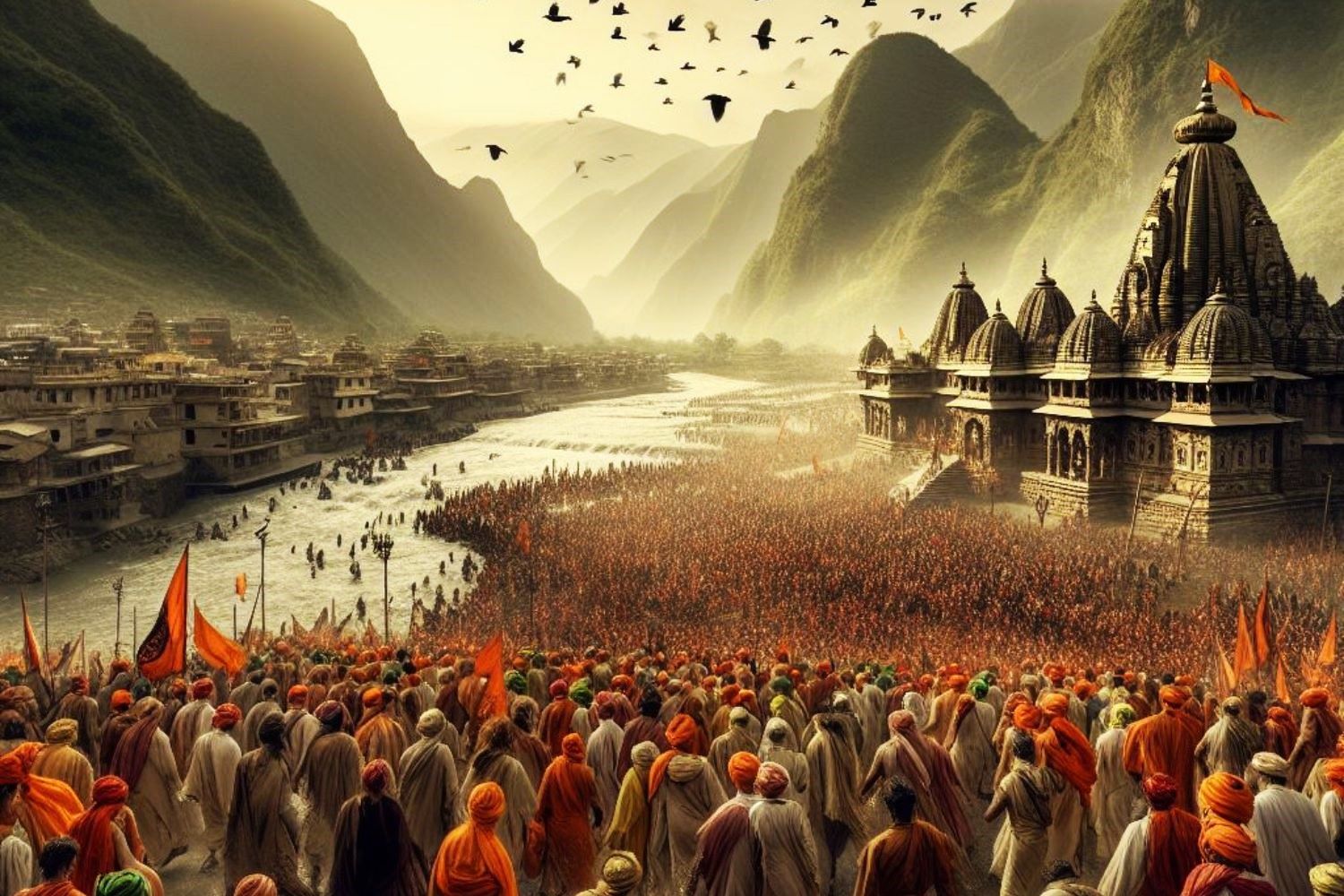
Who won the Shah Mir–Lohara War? The Shah Mir–Lohara War, a significant conflict in medieval Kashmir, saw the Shah Mir dynasty emerge victorious. This war, fought between the Shah Mir and Lohara dynasties, shaped the region's history. The Shah Mir dynasty, led by Shams-ud-Din Shah Mir, managed to defeat the Lohara rulers, establishing their dominance over Kashmir. This victory not only marked the end of Lohara rule but also laid the foundation for the Shah Mir dynasty's long reign. Understanding this war provides insight into the historical shifts in power and culture within Kashmir.
Key Takeaways:
- The Shah Mir–Lohara War marked the beginning of Muslim rule in Kashmir, ending centuries of Hindu dominance and shaping the region's culture and politics for years to come.
- Shah Mir's strategic tactics and the war's impact on religious demographics continue to influence Kashmir's history and identity, highlighting the region's resilience and adaptability.
The Shah Mir Dynasty
The Shah Mir dynasty played a significant role in the history of Kashmir. Understanding their background helps in grasping the context of the Shah Mir–Lohara War.
- Shah Mir founded the dynasty in 1339, becoming the first Muslim ruler of Kashmir.
- The dynasty ruled Kashmir for over two centuries, influencing the region's culture and politics.
- Shah Mir's real name was Shams-ud-Din, but he adopted the title "Shah Mir" upon ascending the throne.
- The dynasty is known for promoting Islam in Kashmir, leading to significant religious and cultural shifts.
- The Shah Mir rulers were known for their administrative skills, which helped stabilize the region.
The Lohara Dynasty
The Lohara dynasty, preceding the Shah Mir dynasty, also had a profound impact on Kashmir. Their decline set the stage for the Shah Mir–Lohara War.
- The Lohara dynasty was founded by Samgramaraja in the early 11th century.
- They ruled Kashmir for over three centuries, making significant contributions to its architecture and culture.
- The Lohara rulers were primarily Hindu, which contrasted with the Muslim Shah Mir dynasty.
- The dynasty faced internal strife and external invasions, weakening their hold on Kashmir.
- Queen Didda, a prominent Lohara ruler, was known for her political acumen and strong leadership.
Causes of the Shah Mir–Lohara War
Several factors led to the conflict between the Shah Mir and Lohara dynasties. These causes were both immediate and long-term.
- The decline of the Lohara dynasty created a power vacuum in Kashmir.
- Shah Mir's ambition to establish a Muslim rule in Kashmir clashed with the existing Hindu rule.
- Economic instability and famine weakened the Lohara dynasty, making them vulnerable.
- Internal dissent within the Lohara dynasty led to fragmented leadership.
- The strategic location of Kashmir made it a coveted region for both dynasties.
Key Battles and Strategies
The Shah Mir–Lohara War involved several key battles and strategies that determined its outcome. These military engagements were crucial in shaping the course of the war.
- The Battle of Jayapura was one of the first major confrontations between the two dynasties.
- Shah Mir employed guerrilla tactics, taking advantage of the mountainous terrain.
- The Lohara dynasty relied on their fortified cities and strongholds for defense.
- The use of espionage and intelligence played a significant role in Shah Mir's victories.
- The final battle at Srinagar marked the decisive end of the Lohara dynasty's rule.
Impact on Kashmir
The Shah Mir–Lohara War had lasting effects on Kashmir's political, cultural, and social landscape. These changes were profound and long-lasting.
- The war led to the establishment of Muslim rule in Kashmir, which lasted for centuries.
- It marked the end of Hindu dominance in the region, leading to significant religious shifts.
- The Shah Mir dynasty's rule brought administrative reforms that stabilized Kashmir.
- The cultural landscape of Kashmir changed, with increased Persian influence.
- The war and subsequent rule of the Shah Mir dynasty laid the groundwork for future conflicts in the region.
Legacy of the Shah Mir–Lohara War
The legacy of the Shah Mir–Lohara War continues to influence Kashmir's history and identity. Understanding this legacy helps in comprehending the region's complex past.
- The war is often seen as a turning point in Kashmir's history, marking the beginning of a new era.
- The Shah Mir dynasty's rule is remembered for its contributions to Kashmir's culture and architecture.
- The conflict highlighted the region's strategic importance, attracting future invaders and rulers.
- The war's impact on religious demographics continues to shape Kashmir's identity.
- The Shah Mir–Lohara War remains a significant chapter in the history of Kashmir, symbolizing the region's resilience and adaptability.
Final Thoughts on Shah Mir–Lohara War
The Shah Mir–Lohara War stands as a pivotal moment in history. It wasn't just a clash of armies but a battle of cultures and ideologies. The conflict reshaped the political landscape, leading to the establishment of the Shah Mir dynasty in Kashmir. This war also highlighted the strategic importance of the region, influencing future conflicts and alliances. Understanding these historical events helps us appreciate the complexities of past societies and their lasting impact on today's world. The Shah Mir–Lohara War is a testament to the enduring nature of human conflict and the relentless pursuit of power. By studying such events, we gain insights into the motivations and consequences that shape our world. This war, with its rich tapestry of events, remains a significant chapter in the annals of history.
Frequently Asked Questions
Was this page helpful?
Our commitment to delivering trustworthy and engaging content is at the heart of what we do. Each fact on our site is contributed by real users like you, bringing a wealth of diverse insights and information. To ensure the highest standards of accuracy and reliability, our dedicated editors meticulously review each submission. This process guarantees that the facts we share are not only fascinating but also credible. Trust in our commitment to quality and authenticity as you explore and learn with us.
